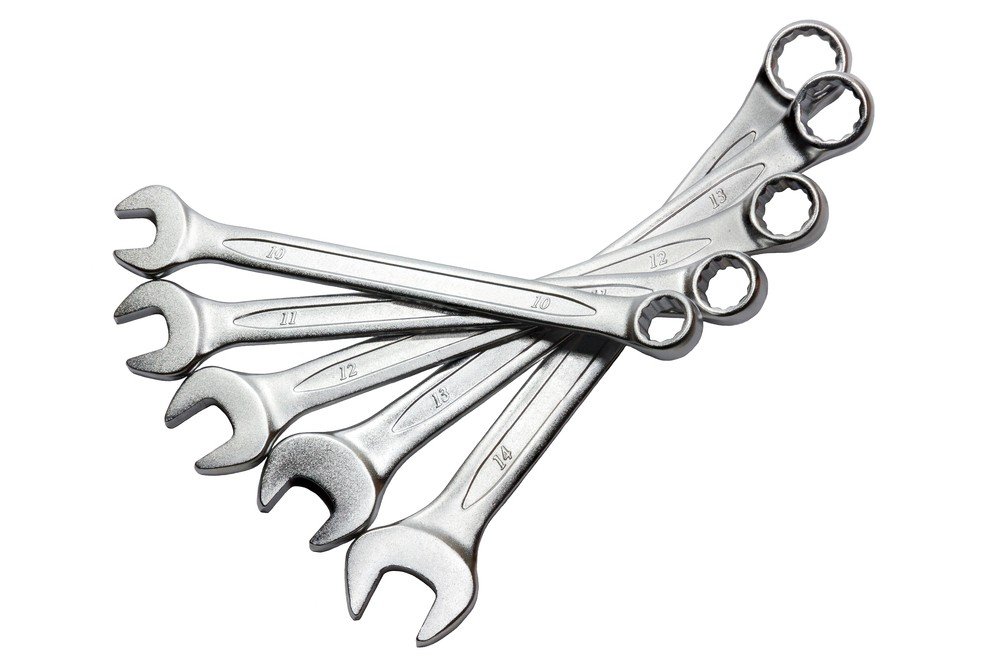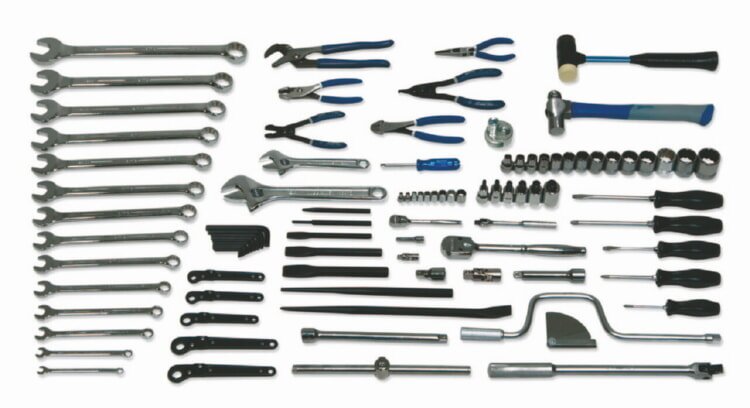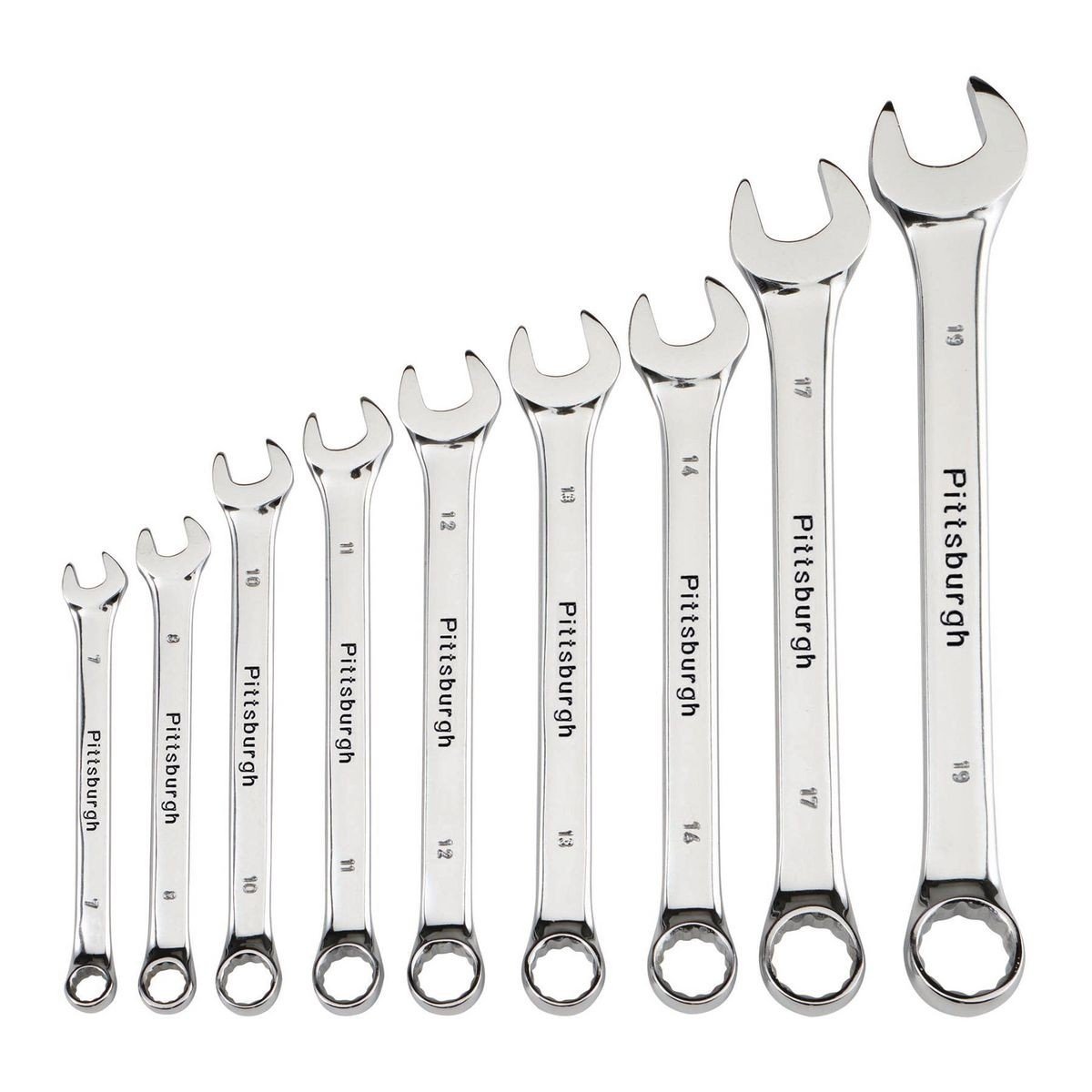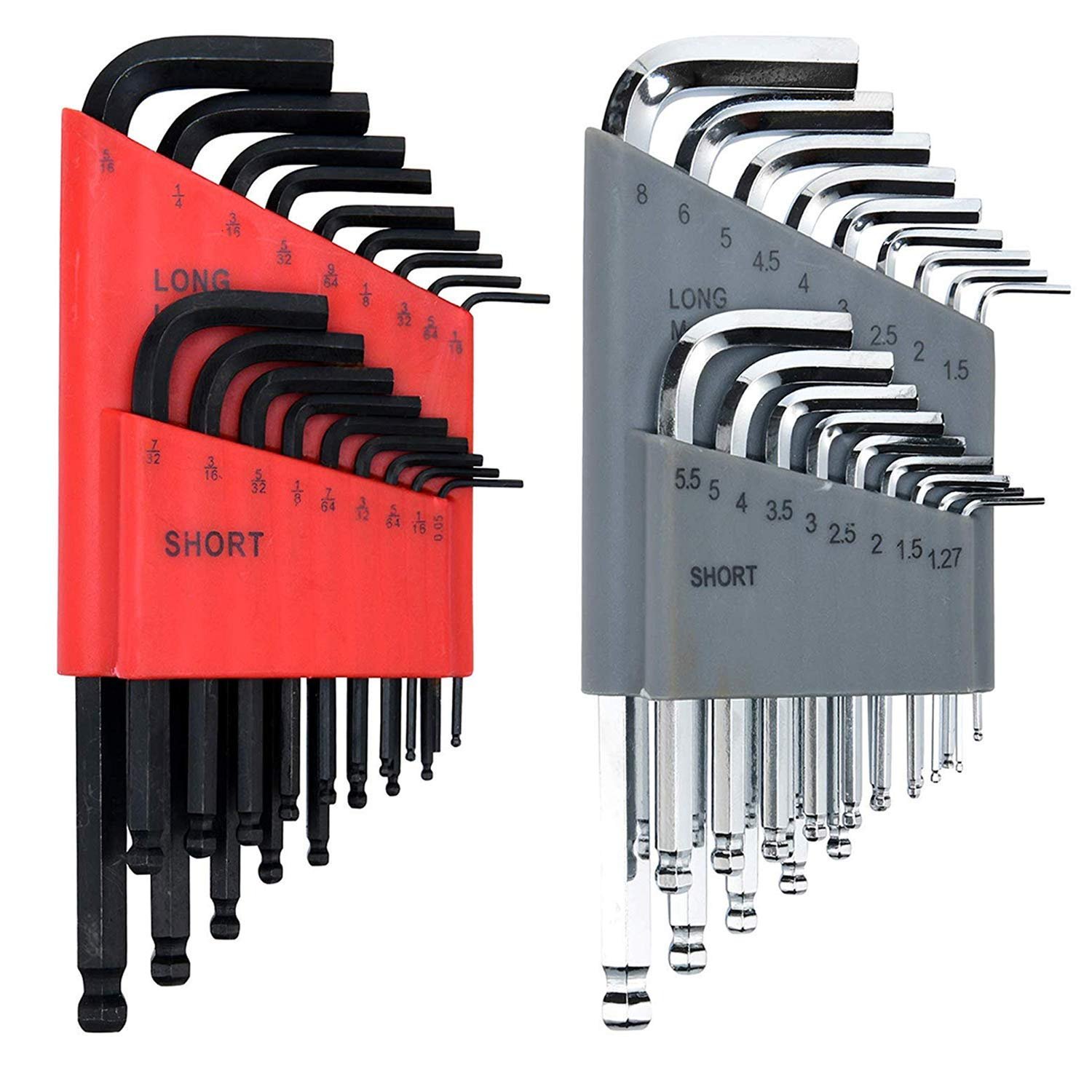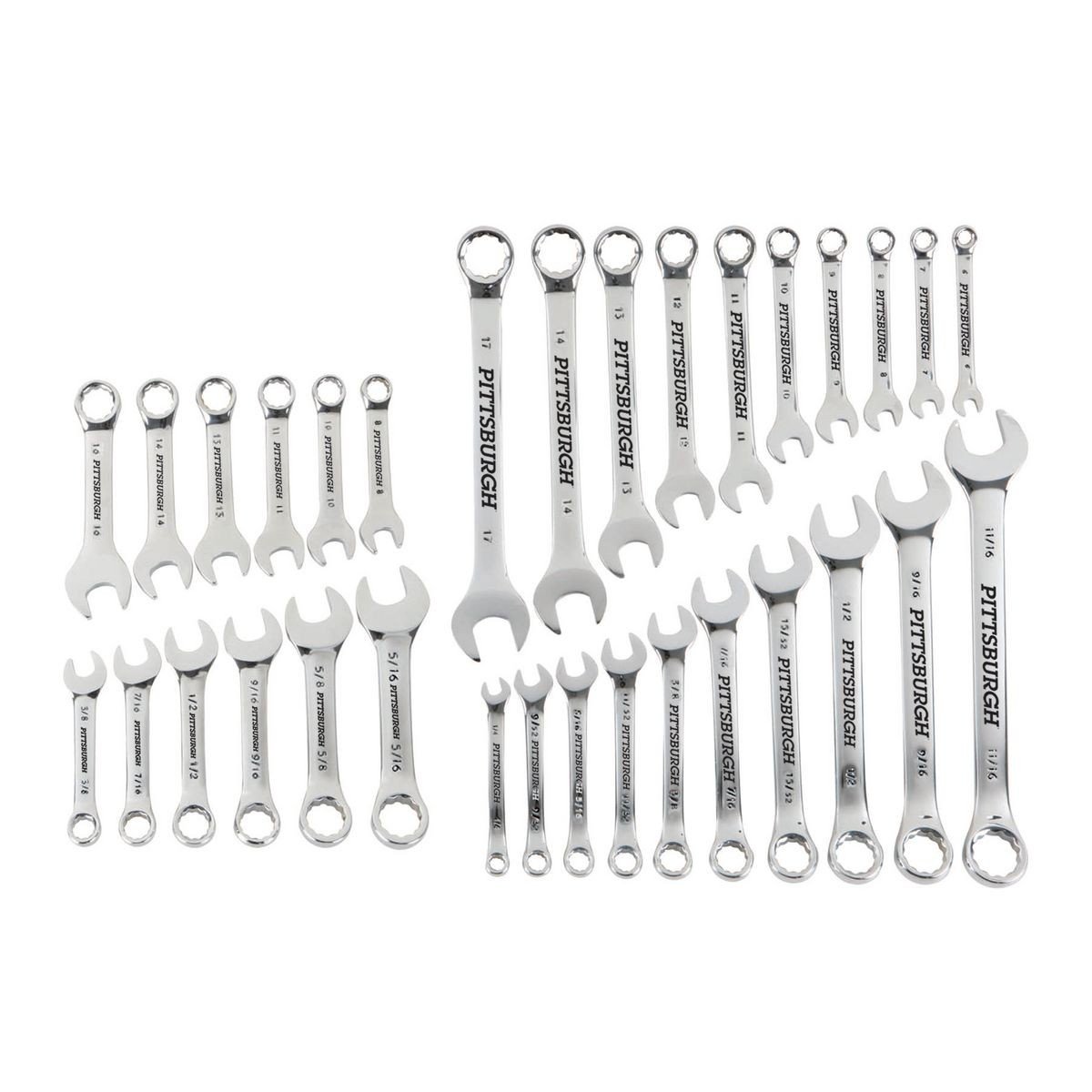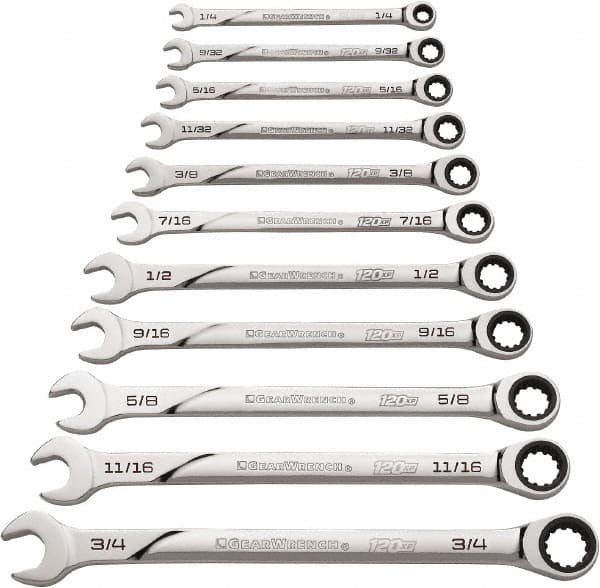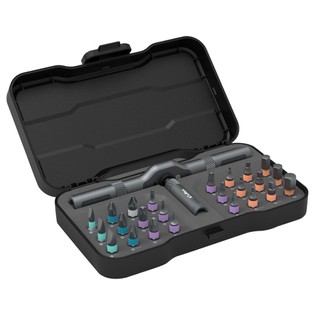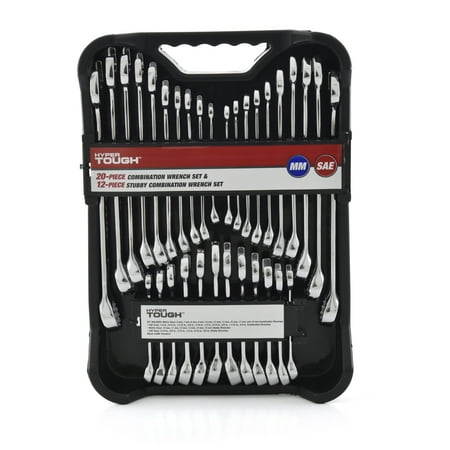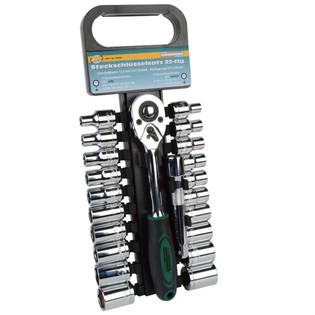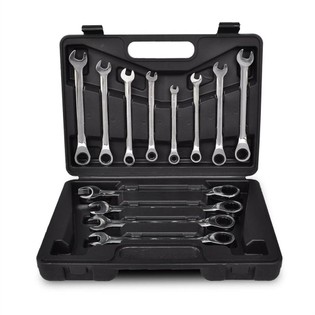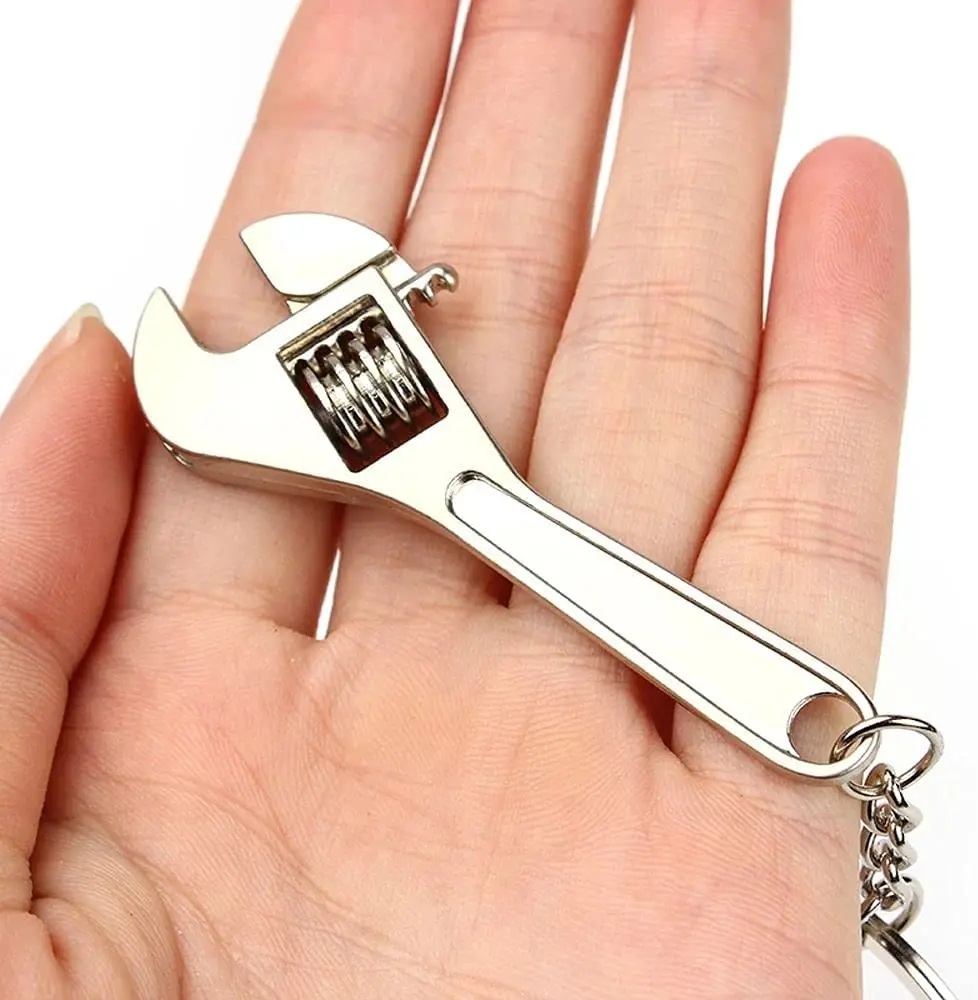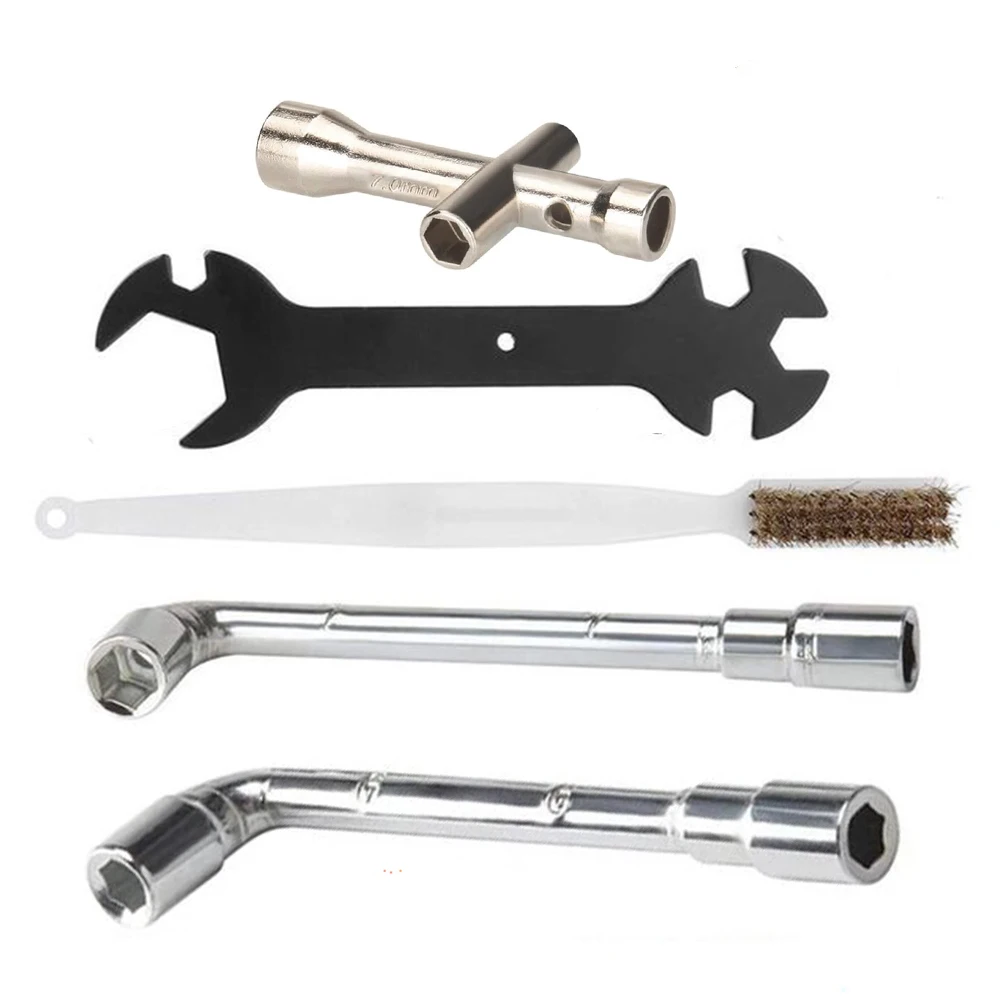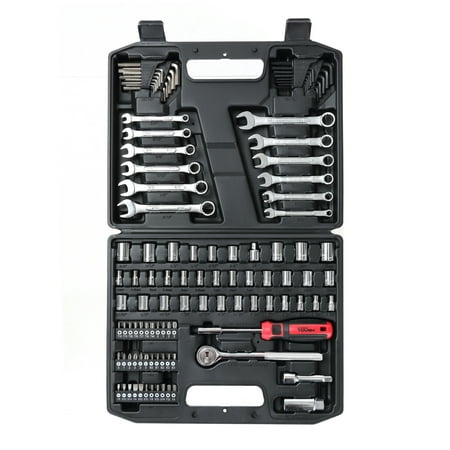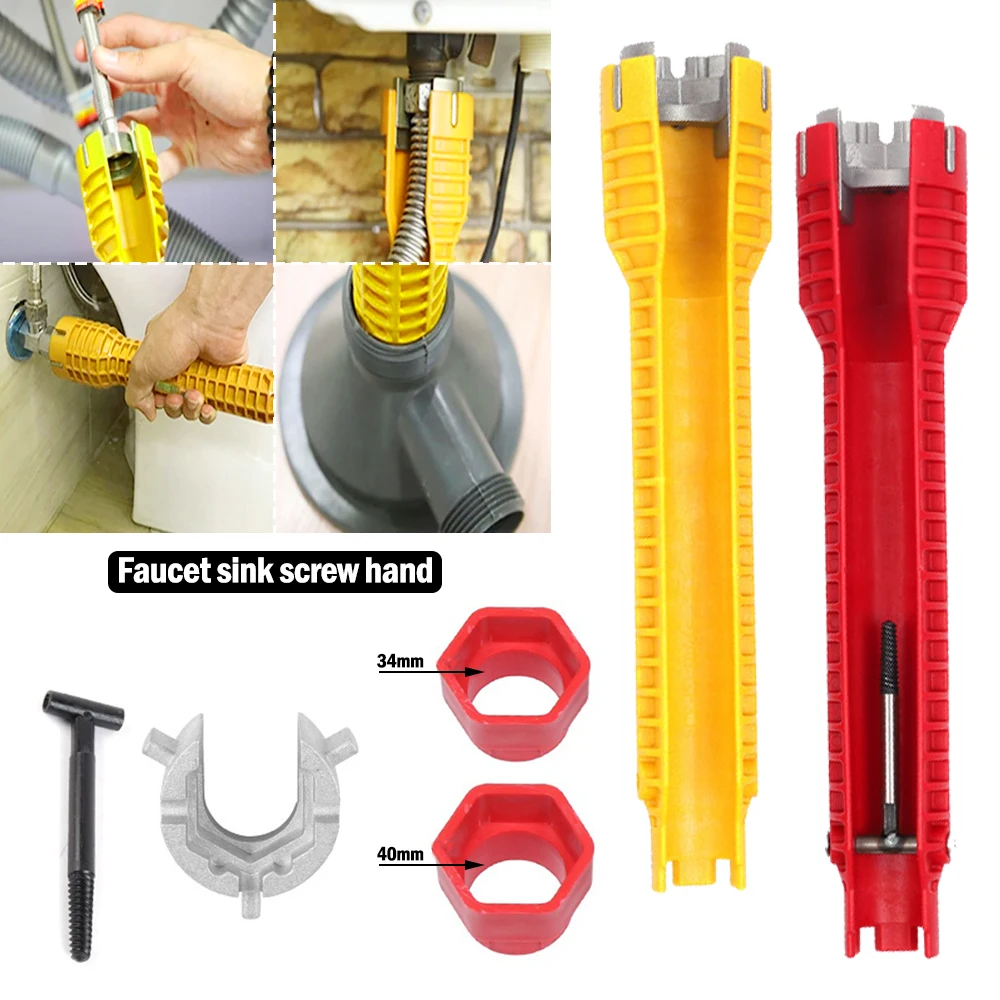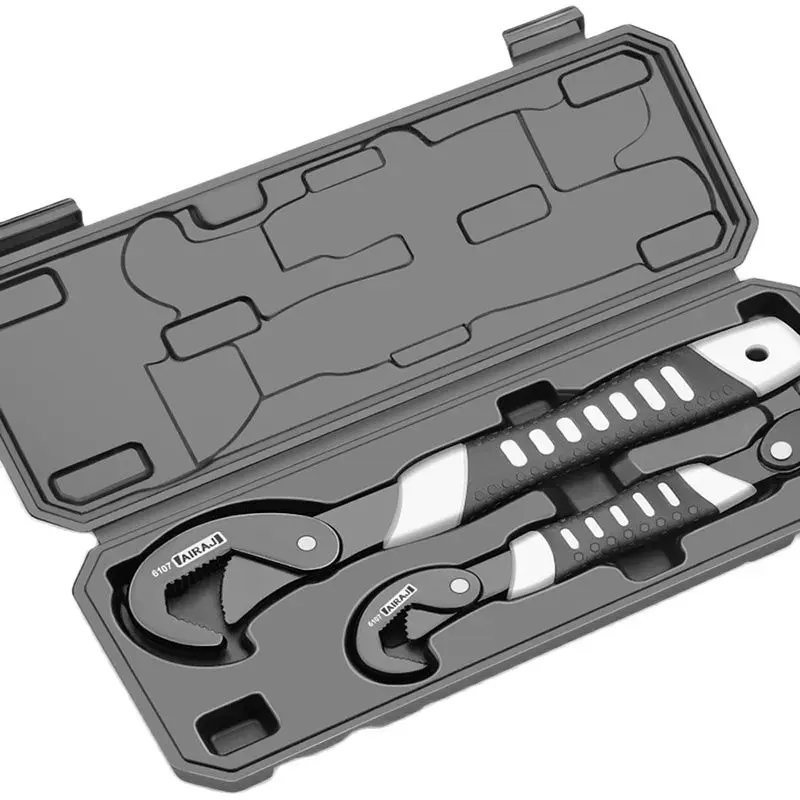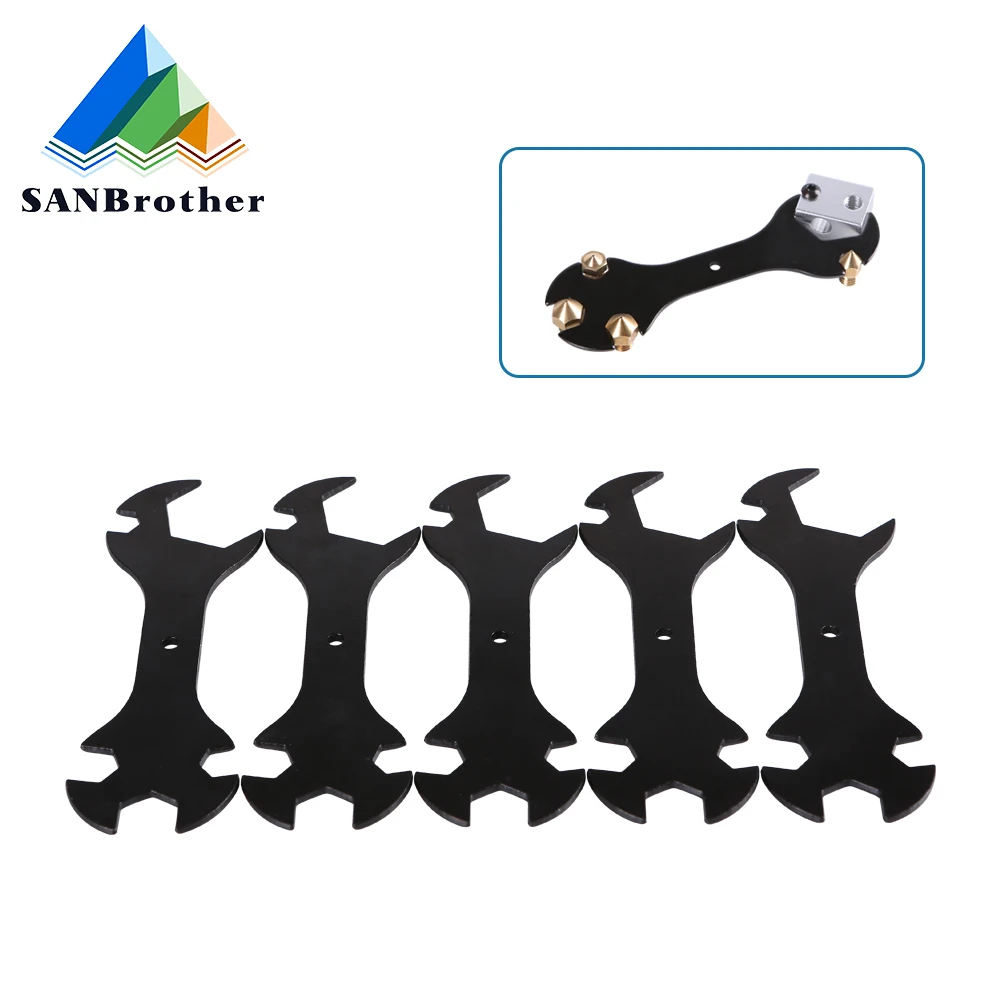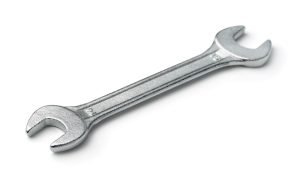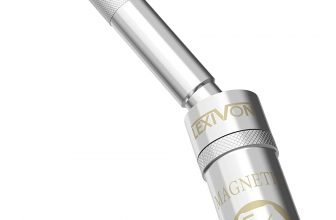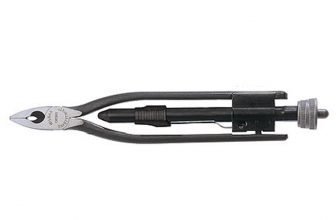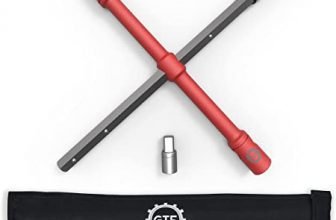A Spanner, or wrenches, is a tool that can provide grip and mechanical benefit by using torque in the turning of things-usually
the rotary fasteners such as bolts and nuts – or to stop their wheels from spinning.
The most used wrench set, which every craftsman should own
1- open-end wrenches
A single-piece wrench with an opening in the shape of a U holds two opposing sides of the nut or bolt.
The twist is usually double-ended and has a different-sized space on each side.
The ends are generally positioned at an angle of approximately 15 degrees relative to that of the longitudinal line of the hand.
This gives you a wider possibility of moving in closed spaces by turning the wrench around.
2- box-end wrenches
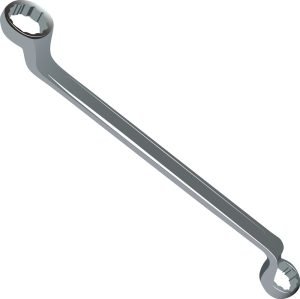
A single wrench that has an enclosed opening that grips the sides of the bolt the nut. The recess typically has a six-point or twelve-point space to use with bolt heads or nuts with a hexagonal form.
The twelve-point can fit on the fastening at two times the angles, which benefits when the swing is restricted.
Eight-point wrenches are also designed for square-shaped nuts as well as bolt heads. Ring spanners are usually double-ended and often have offset handles that allow better access to the bolt or nut.
3- combination wrenches
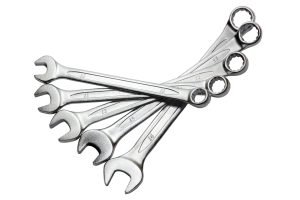
A double-ended tool, with one end resembling an open-ended wrench or open-ended spanner and the other similar to an open-ended wrench or ring spanner.
Both ends are generally the same size bolt.
4- flare-nut wrench tube wrench line wrenches
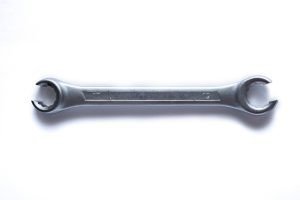
lare-nut wrench tube wrench line wrenches
A wrench designed to grip the nuts at the tubes’ ends. It’s like the box-end wrench, but instead of covering the nut in a complete circle, it has an opening that is narrow enough for the wrench to be placed over the tube and a strong jaw that increases the surface of contact with the nuts. This allows for the best contact with plumbing nuts that are generally soft metals and thus more susceptible to damage by open-ended wrenches.
5- ratcheting box wrenches
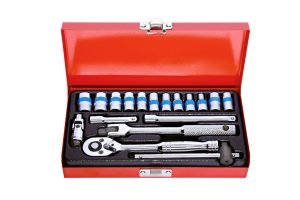
ratcheting-box-wrenches
•A kind of ring spanner or box wrench whose final section is ratcheting. This type of wrench combines an extremely compact box wrench and the ease and convenience of a one-handed ratchet wrench.
Ratcheting can be reversed simply by flipping the wrench or turning on a reverse lever attached to the wrench.
A range of ratcheting mechanisms are utilized, ranging from simple pawls to more sophisticated captured rollers and the latter being smaller, more smooth and more costly to make. The one shown here also has a shift pin in the tail.
6- self-adjusting wrenches
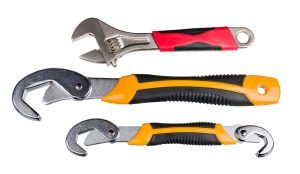
self-adjusting wrenches
The jaw is serrated and self-tightens.
7- monkey wrenches
An old-fashioned adjustable wrench that has an erect handle and smooth jaws that grip the handle. Are parallel to handle.
8- pipe wrench “monkey wrenches”
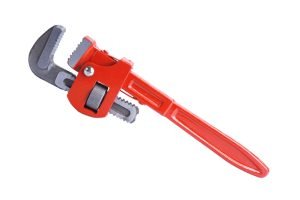
pipe-wrench-monkey-wrenches
An instrument that is similar in style and design to a monkey wrench is equipped with self-tightening features and serrated, hardened jaws that can grip iron pipe and fittings for lines securely.
It’s sometimes known under its original patent-holder’s name, and it is also known as”Stillson wrench” or a “Stillson wrench” or a “Stilly”.
9- flex-head socket wrenches Saltus wrench.

flex-head socket wrenches
The concept is similar to that of the socket wrench. The Saltus wrench has an affixed socket that is permanently attached to the handle.
They aren’t interchangeable when compared to a socket wrench. The socket is usually rotated around the handle, allowing users to reach the fastener at various angles.
Most often, the Saltus wrench is a component of a double-ended tool, having an open-end head that is on the opposite side of the head of the socket.
10- striking face box wrench slammer wrenches slugger wrench hammer wrench.
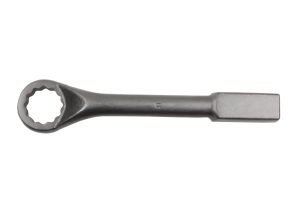
striking face box wrenches slammer
It is a specially designed heavy, short, stocky wrench with an end that is block-like to the handle that is specifically made to be used with a hammer,
which allows the user to exert a lot of force—commonly used in conjunction with big fasteners, particularly the stud and nut that each has an index mark. The nut is then screwed by hand and then tightened by the striking wrench.
The quantity of mark index is calculated by the bolt’s elasticity or the stud providing an exact force ( preload).
They also offer high pressure and shock to loosen largely and stuck bolts and nuts, and in cases where space doesn’t provide enough room for a big wrench.
11- adjustable spanner shifting spanner wrench.
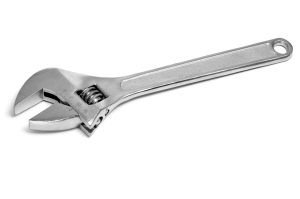
adjustable spanner shifting spanner wrench
The most popular kind of adjustable wrench is in use in the present.
It differs from the standard monkey wrench because the gripping
surfaces of the jaws are moved to a (typically) 15 degrees angle concerning the handle.
This feature makes it more comfortable to use the wrench nearby.
The adjustable end wrench of today was created through Johan Petter Johansson [7] of Bahco.
The term commonly used to describe it is “Crescent wrench”
to describe this type of design originates from it being the Crescent label owned by Apex Brands, Inc. Apex Tool Group, LLC.
12- torque wrenches.
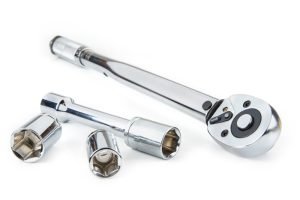
torque wrenches
The socket wrench is a tool can be used to provide the precise quantity of torque a fastener. It is crucial in many instances during the construction of precise mechanisms.
13- Allen wrenches (L) or Allen Key

Allen-wrenches
A wrench that turns bolt or screws heads made with a hexagonal socket (recess) to accept the wrench.
The wrenches are available in two different designs: T-handles and L-handles. These wrenches have an L shape and are constructed from hexagonal wire stock.
the T-handles use the same wire stock made of hex
With a handle made of plastic or metal attached to the top.
There are also indexable-driver bits that can be used in indexable screwdrivers.
14- alligator wrench
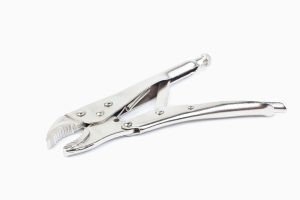
alligator-wrench
Firstly. A type of wrench well-liked by factory workers, mechanics, and farmers to perform maintenance repair, operation, and maintenance.
Secondly. Tasks in the past where fasteners had square head shapes instead of hex.
The shape of the wrench suggests the mouth that is open that of an alligator.

